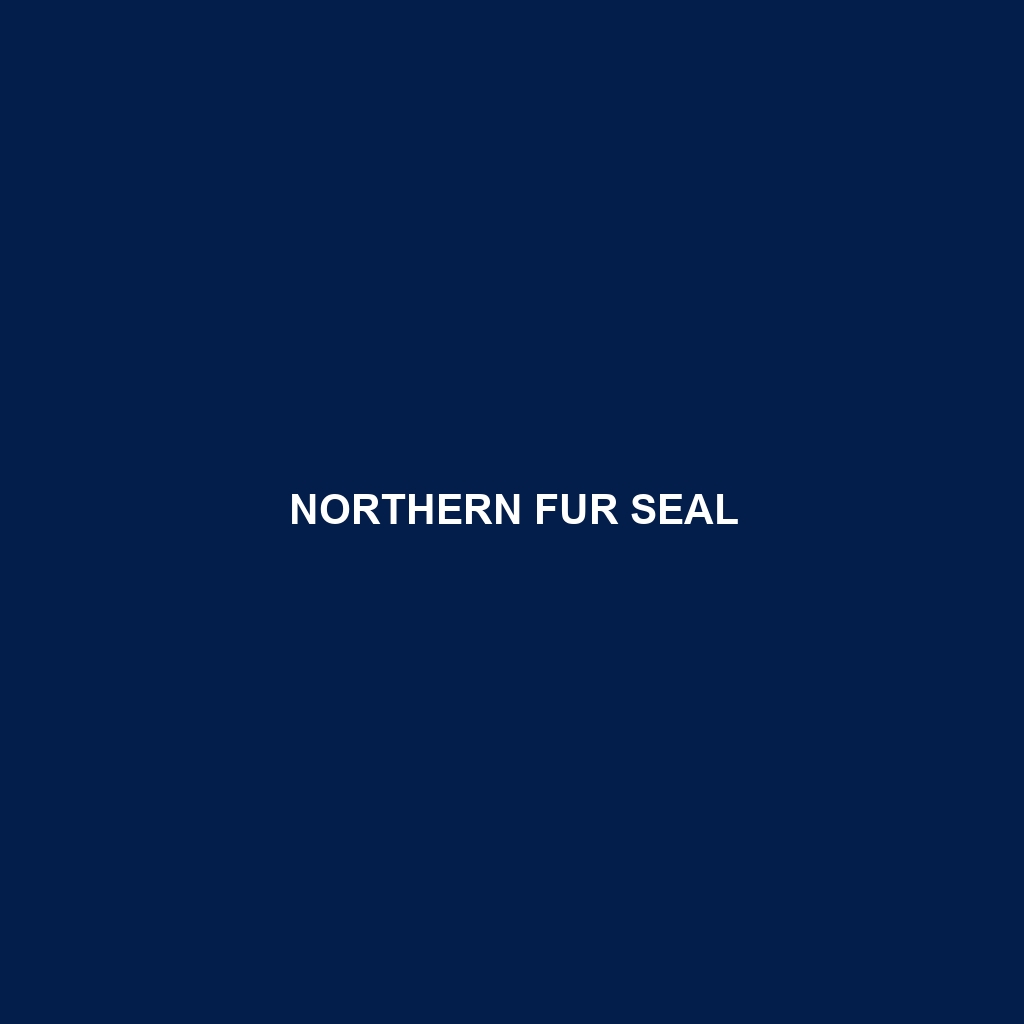Subantarctic Fur Seal (Arctocephalus tropicalis)
Common Name: Subantarctic Fur Seal
Scientific Name: Arctocephalus tropicalis
Habitat: The Subantarctic Fur Seal is primarily found in the subantarctic regions, notably around islands such as South Georgia, Macquarie Island, and the South Shetland Islands. These pinnipeds thrive in cold, nutrient-rich waters, often inhabiting rocky shores and beaches where they haul out for rest and breeding. Their presence is closely associated with the continental shelf of these areas, where they can find ample feeding opportunities.
Physical Characteristics: Subantarctic Fur Seals are medium-sized pinnipeds, with adult males reaching up to 2.4 meters (approximately 8 feet) in length and weighing as much as 200 kilograms (about 440 pounds). Females are smaller, typically about 1.8 meters (nearly 6 feet) long and weighing around 50 to 60 kilograms (110 to 132 pounds). They are characterized by their dense, dark brown fur, which has lighter undersides. Notable features include their external ear flaps and thick necks, especially in males, giving them a robust appearance.
Behavior: Subantarctic Fur Seals are primarily social animals, often seen in large colonies during breeding season. They are known for their vocalizations, including barks and growls, particularly among males vying for dominance. These seals are also agile swimmers, often diving to depths of up to 200 meters (about 656 feet) in search of food. Their behavior can include playing in the water, foraging in groups, and engaging in aggressive displays during mating competitions.
Diet: The diet of the Subantarctic Fur Seal predominantly consists of krill, squid, and various species of fish, reflecting its adaptation to the rich marine ecosystem of the subantarctic region. Their foraging techniques are highly efficient, utilizing deep dives to hunt for prey in cold ocean waters. These feeding habits are essential for their energy requirements, especially during the demanding breeding season.
Reproduction: Breeding in Subantarctic Fur Seals occurs during the austral summer, typically from November to January. Males establish territories and gather harems of females. After a gestation period of approximately 11 months, females typically give birth to a single pup, which they nurse for several months. Pups are born with a thick layer of fur and begin to swim at just a few weeks old, showcasing their rapid development.
Conservation Status: The Subantarctic Fur Seal is currently classified as Least Concern; however, some populations may face threats from climate change, fishing activities, and habitat disturbance. Conservation efforts continue to monitor their populations and protect their breeding habitats to ensure their long-term viability.
Interesting Facts: One fascinating aspect of the Subantarctic Fur Seal is its impressive swimming abilities, allowing them to reach depths of nearly 200 meters in search of food. These seals can hold their breath for up to 20 minutes while diving, showcasing their adaptation to a marine lifestyle. Additionally, they are known for their playful behavior, often surfacing to engage in acrobatics in the water.
Role in Ecosystem: Subantarctic Fur Seals play a crucial role in their ecosystem as both predators and prey. By feeding on a variety of marine organisms, they help maintain the balance within the food web. Additionally, their presence influences the populations of their prey species, contributing to oceanic health. Furthermore, they serve as a food source for larger predators such as killer whales and leopard seals, highlighting their integral position in the marine ecosystem.
